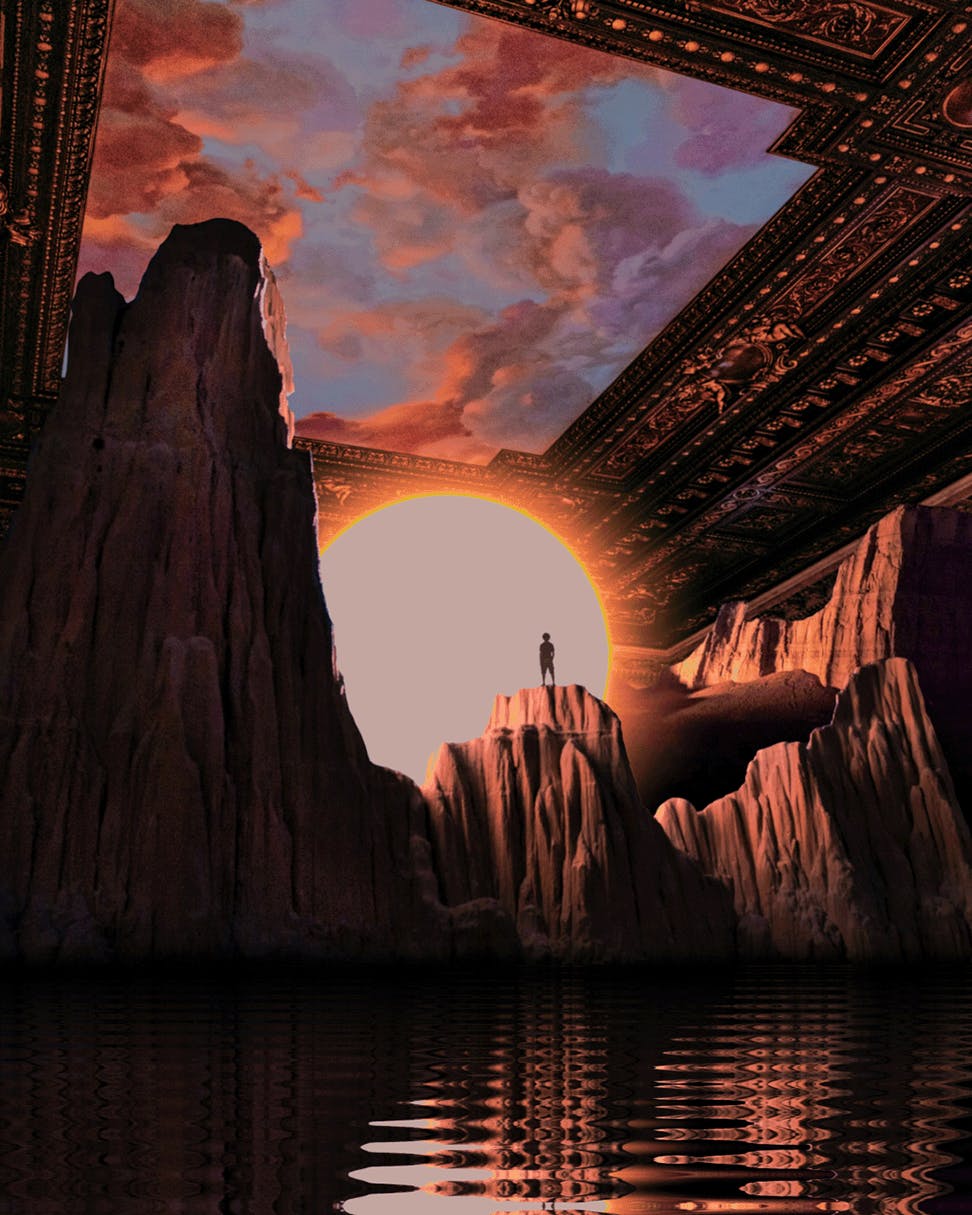Art has always been a means of human expression, a way to communicate emotions, ideasand experiences with one another. But what happens when this process is taken over by artificial intelligence? Can machines truly create art?
The rise of AI has opened up endless possibilities for its application in various fields, including the world of art. AI artwork, also known as "artificial intelligence artwork", is created through a combination of machine learning algorithms and neural networks. These advanced technologies allow computers to analyze vast amounts of data and generate unique, original pieces of art.
The Role of AI
AI artwork is still in its early stages, but it has evolved significantly over the past few years. In the early days, AI was used primarily as a tool to assist human artists in creating their work. However, as technology advanced, machines started to produce original pieces of art on their own. This has sparked a debate about the role of AI in the art world and whether or not it can truly be considered a creative entity.
One of the most significant differences between AI artwork and traditional forms of art is the method of creation. While traditional artists use their hands and physical tools to create, AI artists use algorithms to generate their pieces. AI artwork is not limited by the skills or imagination of a single human, allowing for the production of complex, abstract and innovative pieces that would not be possible through traditional means.

Artwork generated with prompt workflow by Dré Labre
The creation process for AI artwork involves feeding data sets into the machine, which then uses algorithms and neural networks to analyze and interpret the information. This process is continuous, with the AI constantly learning and evolving to create new and unique pieces. Some AI artists also use Generative Adversarial Networks (GANs), a machine learning technique that creates new images based on existing ones, to assist in their creative process.
AI In the Creation of Artwork
One of the most intriguing aspects of AI artwork is its ability to challenge the very concept of art and creativity. Many argue that true creativity stems from human emotions and experiences, something that machines cannot replicate. However, AI artists have proved otherwise, creating stunning pieces that evoke strong emotions in viewers.
Moreover, the use of AI in the creation of artwork has raised ethical concerns, particularly regarding ownership and authenticity. As humans, we value art created by individuals and often associate value with the artist behind the work. This becomes problematic when a machine creates a piece of art. Who owns the rights to AI artwork? Is it the creator of the algorithm, the owner of the machine, or the artist who fed the data into the system? Additionally, how can we ensure the authenticity of AI artwork when machines can easily replicate and modify existing images?
Frequently Asked Questions (FAQs)
Can AI truly be creative, or is it just mimicking existing artwork?
AI generates artwork by analyzing vast amounts of data and identifying patterns, but some argue that this is not genuine creativity. Others believe that AI’s ability to produce unique and unexpected results makes it a form of creative expression.
Who owns the copyright to AI-generated artwork?
Ownership of AI artwork remains a legal gray area. It could belong to the developer of the AI, the user who inputted the data, or even remain unprotected due to its non-human origins. Copyright laws are evolving to address these concerns.
How does AI impact traditional artists?
AI can be seen as both a tool and a challenge for traditional artists. While some fear that AI may replace human artists, others embrace it as a way to enhance creativity, streamline workflows, and explore new artistic possibilities.
Can AI-generated artwork be considered "real art"?
The definition of "real art" is subjective. While some critics argue that true art requires human intent and emotion, AI-generated pieces have been sold at auctions and displayed in galleries, proving their artistic value to many.
What ethical concerns arise with AI in art?
Ethical concerns include plagiarism, authenticity, and the devaluation of human artists. AI can replicate styles and modify existing works, raising questions about originality and fair compensation for artists whose work AI learns from.

Artwork generated with prompt workflow by Dré Labre
Laetro, a leading AI art platform, is working towards addressing these concerns by implementing blockchain technology to verify the ownership and authenticity of AI artwork. This not only ensures proper credit and compensation for the creators but also adds value to the art itself.
In conclusion, AI artwork has the potential to revolutionize the art world and unleash boundless creativity. It challenges our traditional notions of art and raises ethical considerations that need to be addressed. However, one thing is for sure, AI artwork is here to stay and continues to evolve, creating and expanding the boundaries of what we consider to be art.
To summarize, here are the key points discussed in this article:
- AI artwork is created through a combination of machine learning algorithms and neural networks.
- It has evolved significantly over the years, from assisting human artists to creating original pieces on its own.
- AI artwork is created through a continuous learning process, with the help of GANs.
- It challenges the concept of art and raises ethical concerns regarding ownership and authenticity.
- Laetro.com is using blockchain technology to address these concerns.
- AI artwork has the potential to revolutionize the art world and continues to evolve and expand its boundaries.

